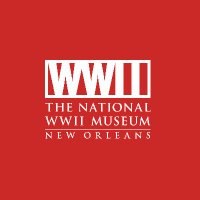
National WWII Museum
@wwiimuseum
America's WWII Museum honoring the #GreatestGeneration every day. Follow us @WWIIToday & @WWIIEducation for more history resources.
ID: 31458706
http://www.nationalww2museum.org 15-04-2009 17:15:48
44,44K Tweet
52,52K Followers
930 Following














We just had the perfect staycation at the elegant Higgins Hotel NOLA in ArtsDistrictNOLA! With the National National WWII Museum across the street, plus amazing dining and a rooftop bar, it's a top pick for your next NOLA trip. Book now and explore their packages: bit.ly/3jiiBUT















